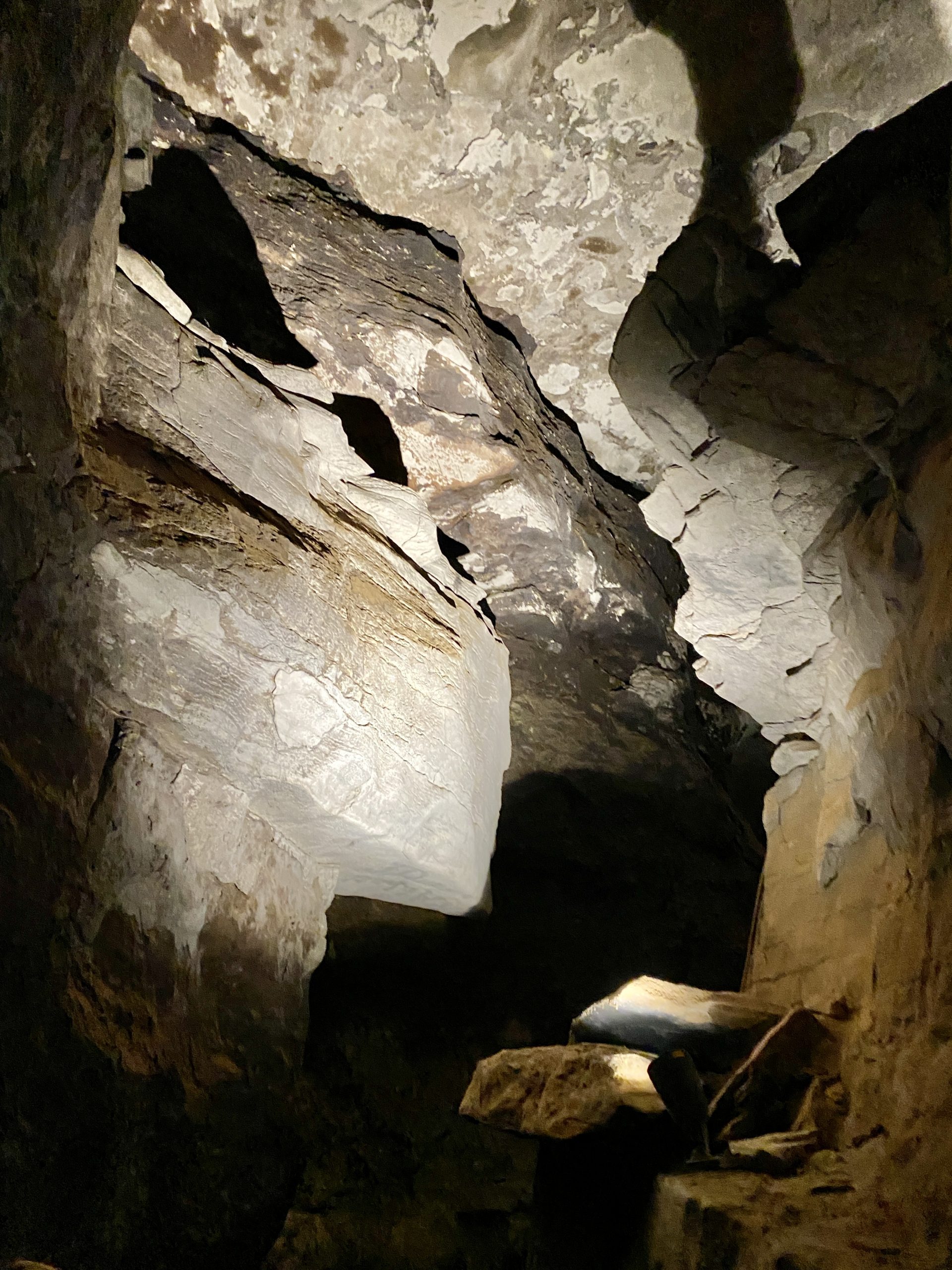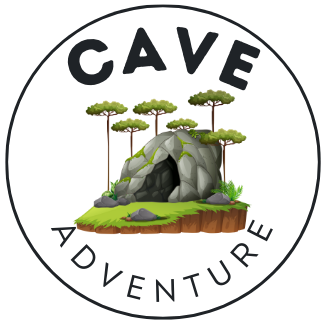Mammoth Cave National Park, located in Kentucky, is facing significant challenges due to climate change. The park’s unique ecosystems, including its extensive cave system and diverse flora and fauna, are vulnerable to the impacts of rising temperatures and environmental shifts. This blog post explores the key impacts of climate change on Mammoth Cave and the measures being taken to mitigate these challenges.
Key Impacts of Climate Change on Mammoth Cave National Park

Hibernating Bats
Climate change poses a significant threat to hibernating bat species, which require a narrow temperature range to survive. If the average winter temperature increases by even a few degrees, these bats may not be able to survive in the park, and their habitat may be lost. This could have cascading effects on the park’s delicate ecosystem, as bats play a crucial role in pollination, seed dispersal, and insect control.
Invasive Species
Climate change can lead to an increase in populations of invasive plant and animal species, such as Japanese honeysuckle, kudzu, and armadillos. These species can disrupt the ecological balance and introduce new predators and consumers into the ecosystem, outcompeting native species and altering the park’s natural habitats.
Weather Patterns
Changes in precipitation patterns, relative humidity, and severe weather events can significantly impact the park’s resources. Shifts in rainfall patterns can disrupt water sources for plants and animals, while increased temperatures can alter the microclimate within the cave systems, affecting cave-dwelling organisms.
Air Pollution
Airborne contaminants from industrial facilities and coal-fired power plants can find their way into the cave passages, affecting delicate geologic formations and influencing the subterranean ecosystems. This pollution also compromises the health of visitors and local residents, contributing to respiratory illnesses.
Measures to Mitigate the Impact of Climate Change

Climate Change Response Strategy
Mammoth Cave National Park has developed a comprehensive strategy focusing on four key areas: science, adaptation, mitigation, and communication. This strategy aims to understand the impacts of climate change, adapt to changing conditions, reduce the park’s carbon footprint, and engage with visitors and stakeholders.
Monitoring and Research
Ongoing research and monitoring initiatives are essential to better understand the impacts of climate change on weather patterns, precipitation levels, and severe weather events. This data will inform park management decisions and adaptive strategies to mitigate the impact of climate change.
Collaboration and Conservation Efforts
The park is working closely with regional and national personnel to implement the NPS Climate Change Response Strategy. Conservation efforts and sustainable practices are integral to the park’s efforts in mitigating climate change challenges. This includes initiatives such as reducing energy consumption, promoting renewable energy sources, and implementing water conservation measures.
Additional Information
For more information on Mammoth Cave National Park and its efforts to address climate change, please visit the following resources:
- Park Contact Information: P.O. Box 7, Mammoth Cave, KY 42259-0007; Phone: 270-758-2180.
- Climate Change Brief: A 2016 Program Brief published by the National Park Service highlights the impacts of climate change on national parks, including Mammoth Cave National Park.
References
National Park Service. (2018). Birds and Climate Change: Mammoth Cave National Park. Retrieved from https://www.nps.gov/subjects/climatechange/upload/MACA_2018_Birds_-_CC_508Compliant.pdf
National Park Service. (2022). Environmental Factors – Mammoth Cave National Park. Retrieved from https://www.nps.gov/maca/learn/nature/environmentalfactors.htm
National Parks Conservation Association. (n.d.). Case Study: Mammoth Cave National Park. Retrieved from https://www.npca.org/case-studies/case-study-mammoth-cave-national-park
Zero Hour Climate. (2024). Mammoth Cave Park: Climate Change Challenges. Retrieved from https://www.zerohourclimate.org/mammoth-cave-national-park-climate-change/
National Park Service. (2022). Climate Change – Mammoth Cave National Park. Retrieved from https://www.nps.gov/maca/learn/nature/climate-change.htm
